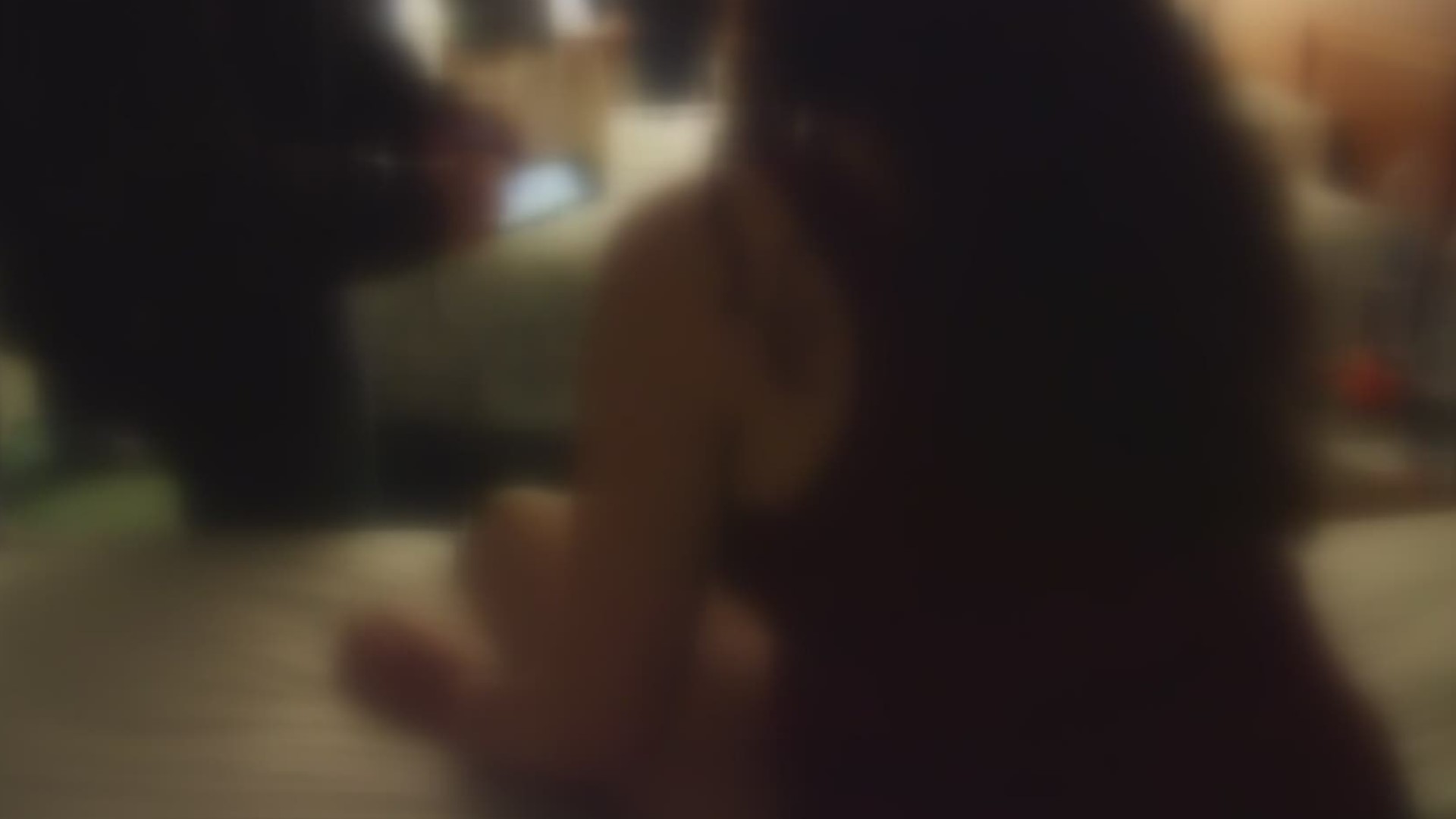Human trafficking is happening everywhere, all around the world and locally in all types of communities. It includes sex trafficking, but human trafficking is also forced work and exploitation, according to the Department of Homeland Security.
According to the Victims of Trafficking and Violence Protection Act of 2000, all children under the age of 18 who are commercially sexually exploited are victims of sex trafficking. Unlike adults, there does not have to be “force, fraud, or coercion” under the law. The very age of the child makes them a victim.
These are four indicators to be on the lookout for if students are being trafficked or targeted for trafficking.
Instantly in love
Traffickers are using social media and even online dating platforms to lure victims into trafficking. They create online identities and befriend or create fake romances with users to gain their trust and arrange in person meetings.
The DPS Blue Campaign says, “Traffickers lure their victims into becoming emotionally attached.”
They suggest taking time to get to know someone and sharing very limited personal details with them through social media.
Generous new friend
Traffickers will offer to pay for expensive trips and give gifts.
“Traffickers quickly establish themselves as trustworthy confidants. Under the guise of love, the trafficker will offer to pay for a potential victim to travel to a weekend getaway or their place,” DPH says.
If you’re going to meet someone, they suggest meeting in a public place you’re comfortable with and telling family and friends about where you’re going and when you expect to be finished.
Disconnected
If the child is more disconnected from familiar places and people than normal or if they’re distancing themselves from family, friends, community organizations or houses of workshop, that could be an indicator.
Stopped attending school
Sometimes children stop going to school altogether if they are in a trafficking situation. Or, their attendance at school becomes spotty.
The Department of Homeland Security said it’s important to realize that all cases of human trafficking look different. All the indicators do not have to be present to be considered trafficking. Also, the presence of some of the indicators listed above do not mean someone is being trafficked.
There are also many myths about human trafficking that could prevent victims from being rescued or potential victims from being saved.
To report suspected human trafficking to Federal law enforcement: 1-866-347-2423
To get help from the National Human Trafficking Hotline: 1-888-373-7888 or text HELP or INFO to BeFree (233733).
MORE STORIES

